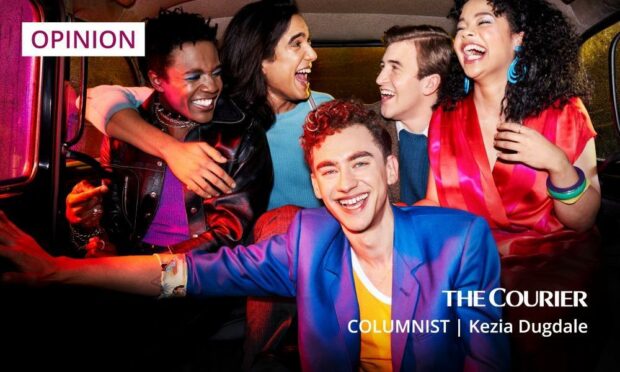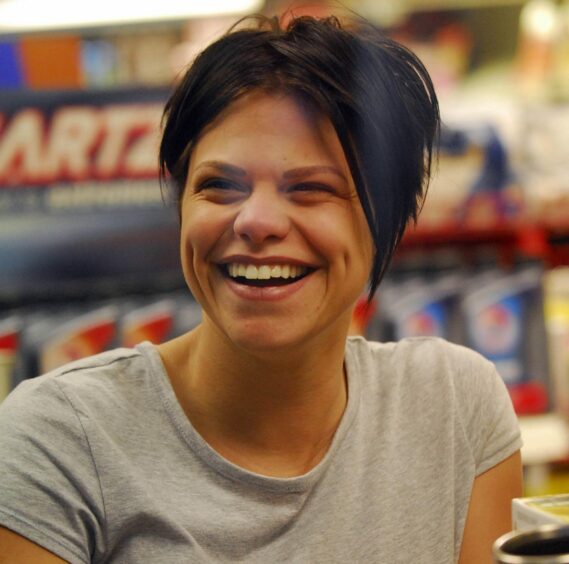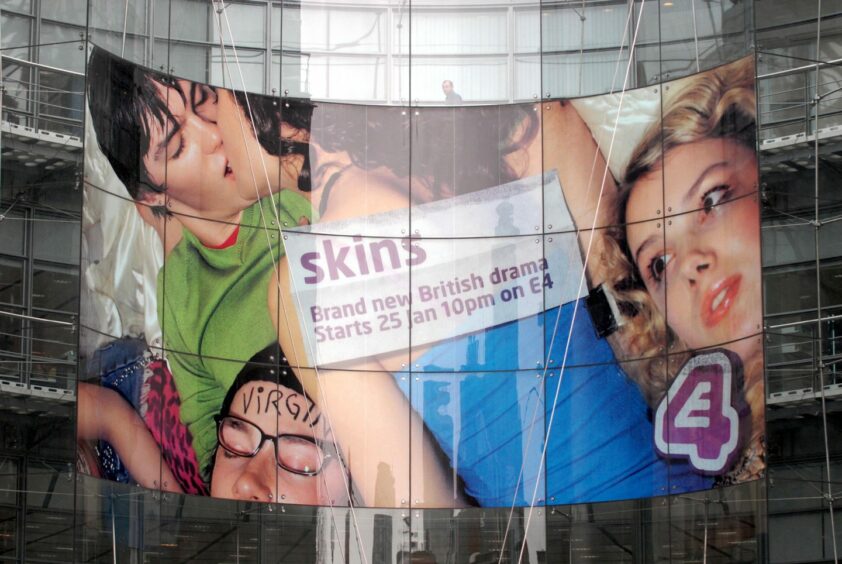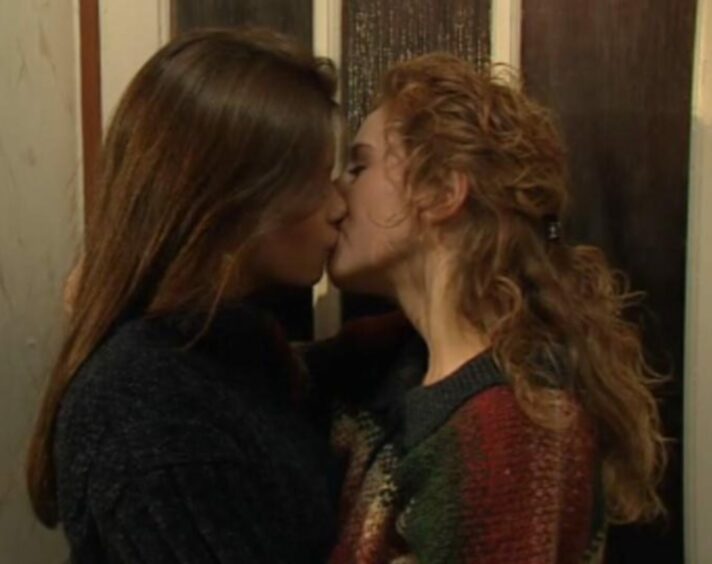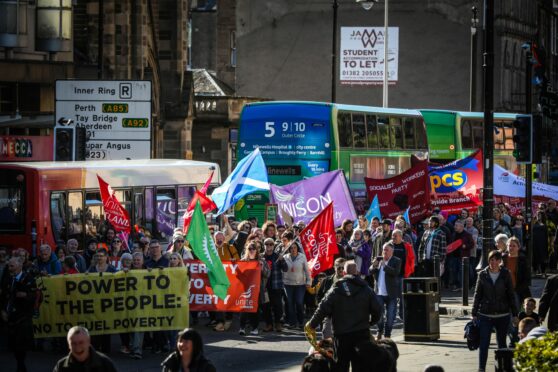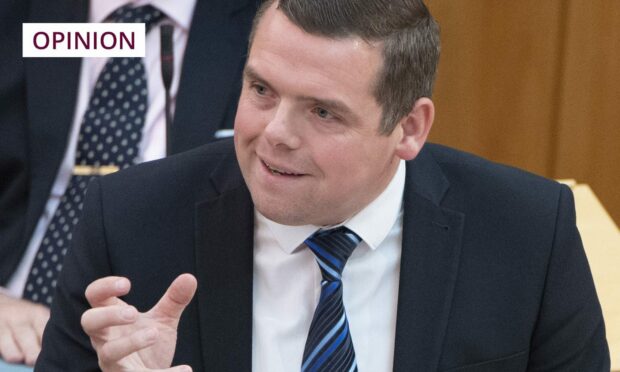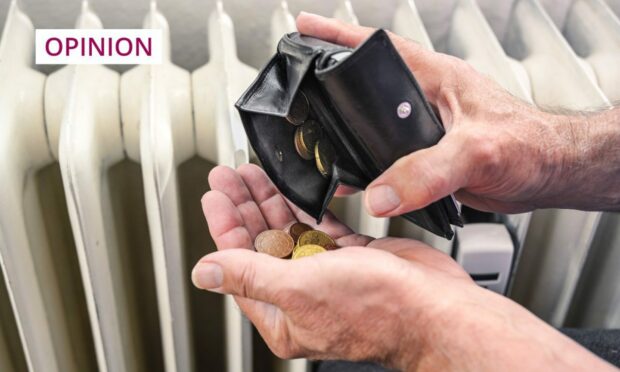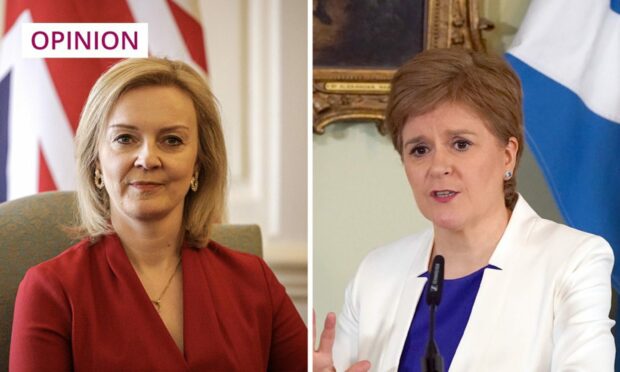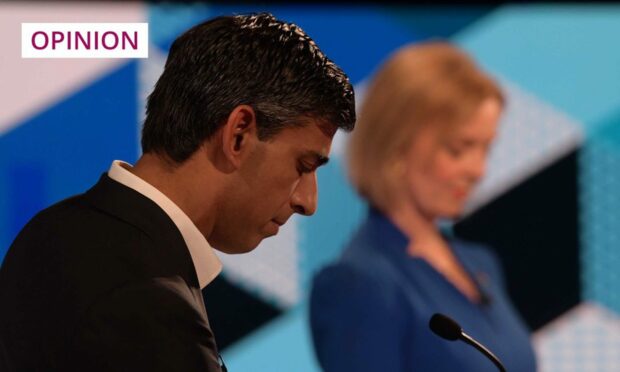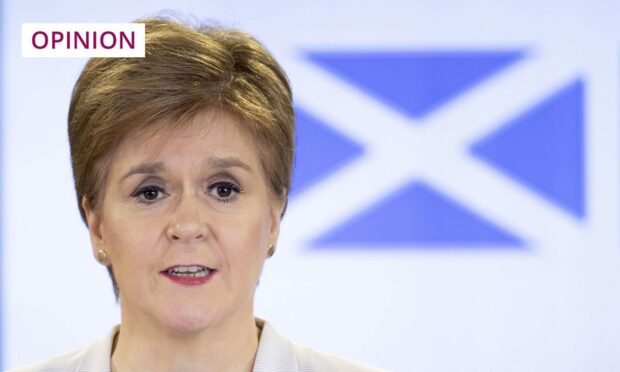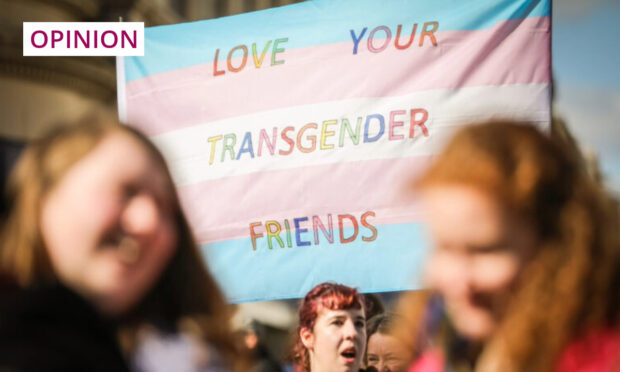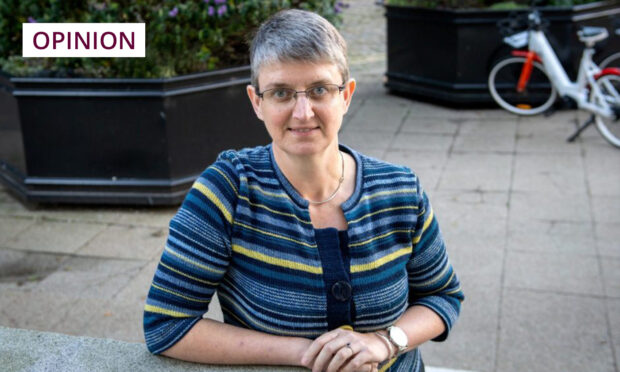In a world that is increasingly polarised, all that seems to matter now is whether you are for or against something, how quickly you come to that conclusion and how loudly you shout about it.
It’s certainly what happened this week following the announcement that the UK Government intends to privatise Channel 4.
The reality is that we’re all a bit more complicated than that.
Just because I want to remain one of 60 million fellow owners of Channel 4 doesn’t mean I love every programme on it.
In fact, I can go weeks without watching anything on it all.
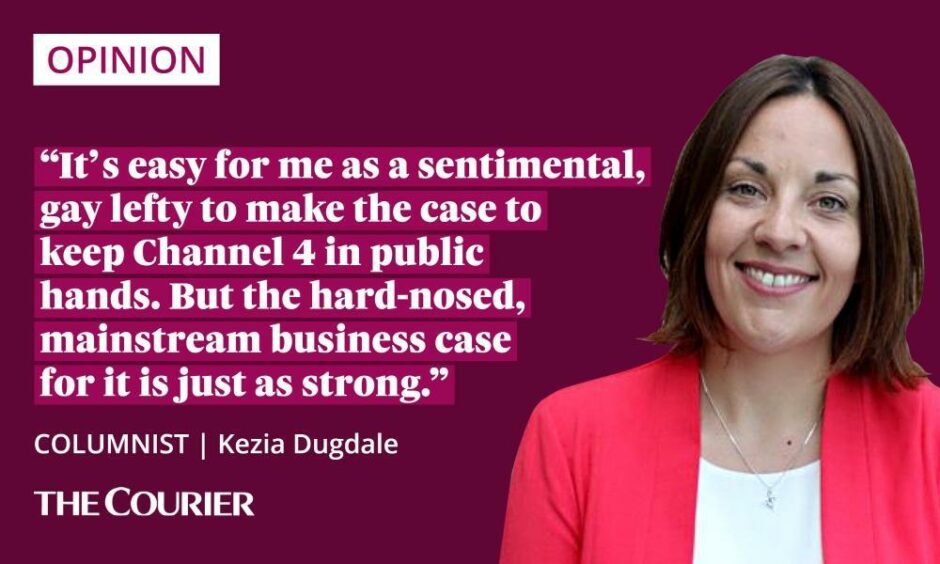
But that’s the point really.
Our thoughts on the sale shouldn’t be dumbed down to whether we’re for or against Gogglebox, whether we want to see strangers’ naked bits on Naked Attraction, or if think Bake Off is under baked without Mel & Sue.
We should keep Channel 4 in public hands because it’s a runaway success.
Channel 4 and the programmes that shaped us
In its first evolution in the 1980s, Channel 4 had a duty to give voice and representation to minority groups.
In the 1990s it moved a bit closer to the edges of the mainstream, where minorities and popular culture met.
"I'm sad because I think Channel 4 has always played such an important role in giving voice to minorities."@kezdugdale and @WilliamJHague outline the case for and against Channel 4 privatisation on #TimesRadio pic.twitter.com/iEXpJJmk5b
— Times Radio (@TimesRadio) April 5, 2022
It did this at the same time as buying the rights to major quality dramas and comedies which would bring in the audience numbers.
And we loved it.
Channel 4 guided me through my tortured teenage years with programmes like The Wonder Years and My So Called Life.
The latter featured a young actress called Claire Danes who would reappear decades later in the award winning drama Homeland, also bought and aired by Channel 4.
From angsty teenager to wearied public servant, she’s been there with me.
I was equally glued to Big Brother for all the years it was cool and a few after it too.
It was the original reality TV programme that would be franchised the world over.
By 2007, 25% of all the ad revenue that Channel 4 made came from that one programme.
Global stars and the start of streaming
That was also the year Channel 4 broadcast the then highly controversial drama Skins.
A teenage drama based in Bristol that would give the generation after mine an education on drink, drugs and sex. Not to mention mental health breakdowns, eating disorders and overdose.
All the topics that sometimes only dramas can touch and talk to with any real resonance to our own stories and fears.
That programme more than delivered Channel 4’s commitment to supporting new talent.
And it made household names and global Oscar nominated stars out of Dev Patel and Daniel Kaluuya, a fact its scriptwriter pointed out Twitter yesterday.
2007 also happened to be the first full year of 4OD.
The OnDemand service that let us all watch tv programmes whenever we wanted.
Something that we take for granted now was revolutionary 15 years ago and Channel 4 started it. Long before we had iPlayer, Prime, Netflix and whatever else.
Channel 4 let us make Skins however we wanted. If they hadn't let us do that, then we might never have been able to give a bunch of people their first jobs, people like Dev Patel Daniel Kaluuya Jack Thorne, Jack O Connell, Kaya Scodalario Joe Dempsie Freya Mavor Hannah Murray 1/2
— Jamie Brittain (@matronboy) April 5, 2022
Channel 4 achieved that success because the whole point of its existence is to innovate and create, to take risks and try new things.
The business model of mixing mainstream mass consumption telly with more niche content is what makes Channel 4 so unique and so worth protecting.
Channel 4 recipe for success – minority representation and mass popularity
When Queer as Folk came out in 1999, it was the first time I’d see a whole televised drama about gay people.
This is a few years old but resonates still.
Channel 4's Queer As Folk in 1999 was, for many, the first time gay people saw their lives represented on screen. Brookside, It's A Sin, Banana / Cucumber / Tofu, Sugar Rush, Metrosexuality – so many to list.https://t.co/h06AhYpSva
— Marcas Mac an Tuairneir / Writer & Singer (@Marcas_Mac) April 5, 2022
Except it wasn’t really about the fact they were gay – that was just the reality of their lives.
The stories were about the fortunes in love and life more broadly, set against the backdrop of the Manchester gay scene.
This wasn’t a snatched kiss in Brookside Close, or 15 seconds of an Eastenders episode.
This was the whole story. It really mattered at the time and it really mattered to me.
More than 20 years on, the same write Russell T. Davies would write a new drama about the lives of the LGBT community.
It too would air on Channel 4 largely because no other broadcaster would have it.
Not only did it provide the same service for a whole new generation, it won every TV accolade and award going.
In 2021, It’s a Sin provided both minority representation with mainstream popularity, attracting nearly 19 million viewers.
It ain’t broke, so why fix it?
It’s easy for me as a sentimental, gay lefty to make the case to keep Channel 4 in public hands.
But the hard-nosed, mainstream business case for it is just as strong.
Perhaps it’s even stronger now in a country that’s made such social progress since the Channel was launched in the Conservative Britain of the 1980s.
This is a business which we own, that makes money and supports jobs in independent TV production across the whole of the United Kingdom.
It has a tremendous record of success in developing new talent and bringing productions to air that would otherwise have no home.
And it actively increases and supports competition in the broadcasting market.
Sure, selling it at the peak of its success would garner a great price.
But why sell now when the dividends are the gift that keep on giving – and entertaining?
